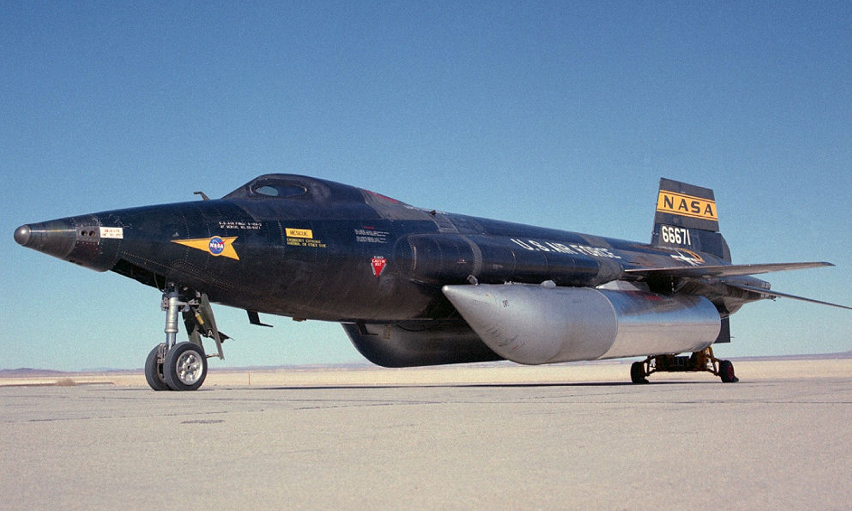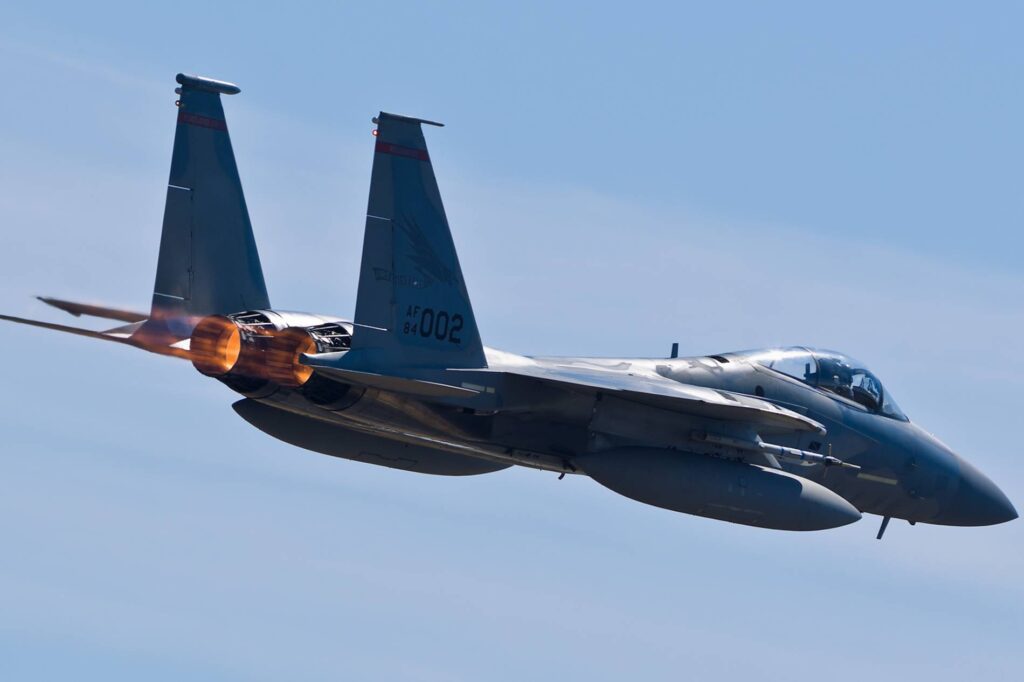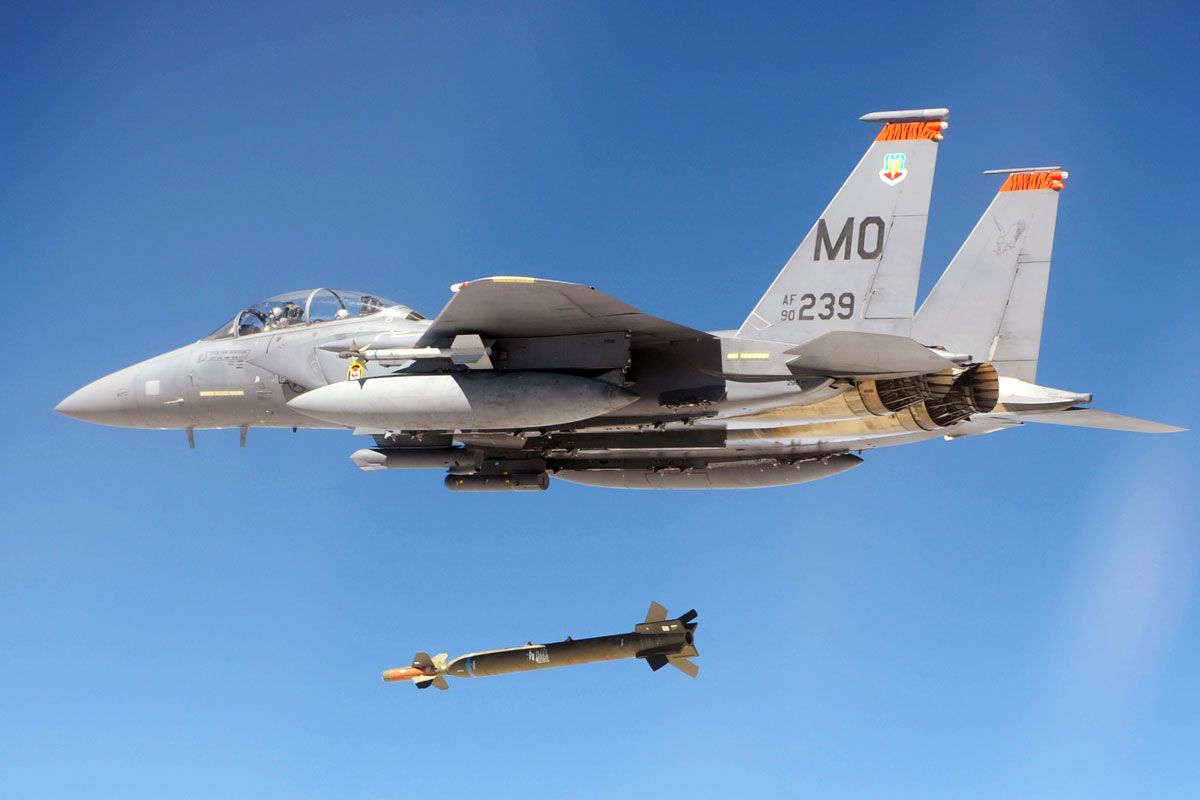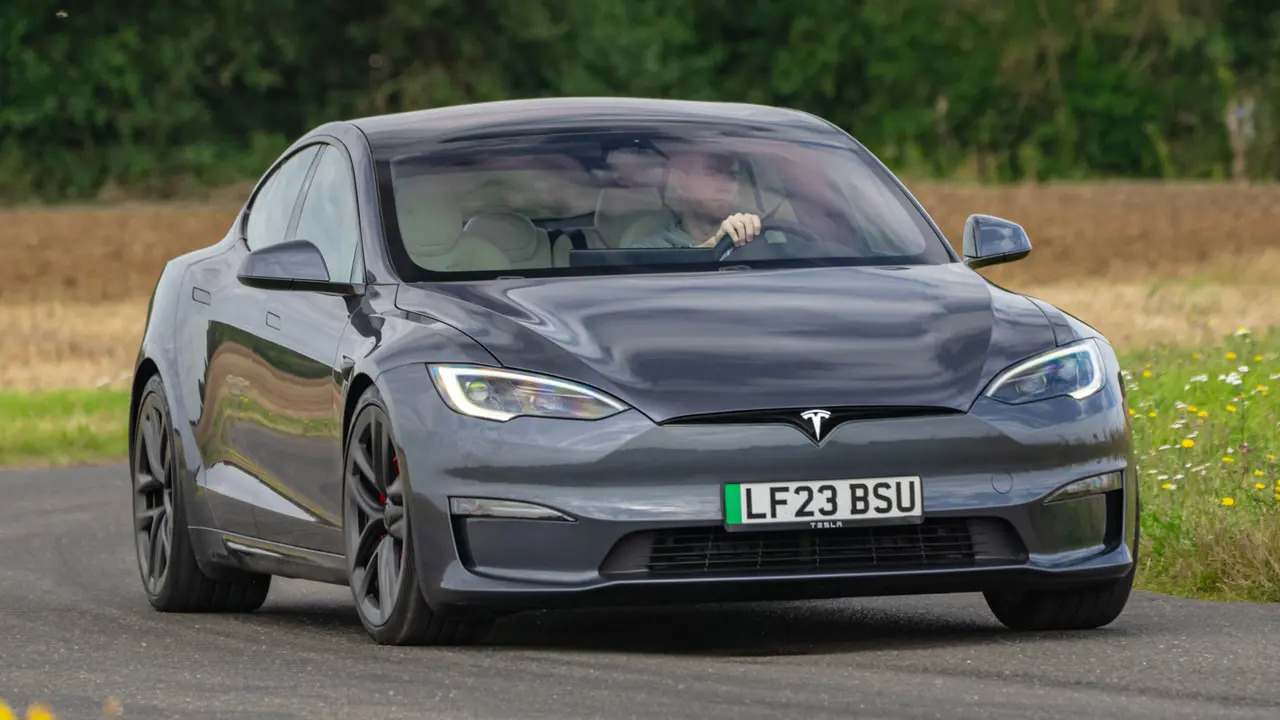Soaring to Supersonic Heights:
The Fastest Fighter Jets in the World
In the realm of aviation, speed is not merely a figure on the dashboard; it’s a critical element that can determine the outcome of military engagements, the effectiveness of national defense, and the cutting edge of technological innovation. Fighter jets, in particular, epitomize the zenith of speed, agility, and precision. As nations vie for aerial superiority, the fastest fighter jets represent a blend of advanced engineering, tactical prowess, and strategic dominance. This article delves into the remarkable world of supersonic and hypersonic fighter jets, highlighting the marvels that epitomize speed in the sky.
1. The SR-71 Blackbird: A Legacy of Speed

Though retired from active service, the SR-71 Blackbird remains an iconic symbol of speed and technological brilliance. Developed by Lockheed Martin’s Skunk Works division, the Blackbird was primarily used for reconnaissance missions by the United States Air Force (USAF). With a maximum speed of Mach 3.3 (approximately 2,200 mph), it held the title of the fastest jet aircraft for decades.
The SR-71’s performance was a product of its revolutionary design, which included a sleek, elongated fuselage and a pair of powerful Pratt & Whitney J58 engines. These engines featured an innovative afterburner design that enabled sustained high-speed flight. Despite its age, the SR-71’s legacy continues to influence modern aircraft design and remains a benchmark in aviation history.
2. MiG-25 Foxbat: Soviet Supersonic Prowess
During the Cold War, the Soviet Union produced a formidable contender in the speed race: the MiG-25 Foxbat. Designed by the Mikoyan-Gurevich bureau, the MiG-25 was primarily an interceptor, capable of reaching speeds up to Mach 2.83 (around 1,900 mph). Its role was to counter high-altitude threats, particularly from the USAF’s strategic bombers and reconnaissance aircraft.
The MiG-25’s speed and altitude capabilities were achieved through its robust twin-engine design and extensive use of stainless steel in its airframe. Despite being less maneuverable compared to other fighter jets, its sheer speed and high operational ceiling made it a formidable adversary in the skies.
3. MiG-31 Foxhound: Evolution of Speed

An evolution of the MiG-25, the MiG-31 Foxhound was introduced to enhance the Soviet Union’s interception capabilities. With a top speed of Mach 2.83, similar to its predecessor, the MiG-31 brought significant improvements in avionics, weapons systems, and endurance. It was designed to intercept both high-speed aircraft and low-flying cruise missiles.
The MiG-31’s dual-engine configuration, advanced radar systems, and extended range enabled it to cover vast areas of Soviet airspace. Its ability to fly at high speeds while maintaining a potent array of air-to-air missiles made it a critical asset in the Soviet and, later, Russian air defense network.
4. F-15E Strike Eagle: American Tactical Supremacy
The McDonnell Douglas (now Boeing) F-15E Strike Eagle represents a fusion of speed, agility, and firepower. While primarily designed for air-to-ground missions, the F-15E can achieve impressive speeds of Mach 2.5 (approximately 1,650 mph). Its versatility and combat-proven capabilities have made it a cornerstone of the USAF’s tactical fighter fleet.
The F-15E’s power comes from its twin Pratt & Whitney F100 engines, which provide exceptional thrust-to-weight ratio. Combined with its advanced avionics and robust airframe, the Strike Eagle excels in both air-to-air and air-to-ground combat scenarios. Its operational flexibility and reliability have ensured its continued service well into the 21st century.
5. Su-27 Flanker: Russian Air Superiority
The Sukhoi Su-27 Flanker, developed during the late Cold War era, remains one of Russia’s premier air superiority fighters. With a maximum speed of Mach 2.35 (approximately 1,550 mph), the Su-27 is renowned for its maneuverability, advanced avionics, and formidable weapons load.
The Su-27’s performance is largely attributed to its powerful Saturn AL-31F engines and aerodynamically efficient design. It serves as the foundation for numerous variants, including the Su-30, Su-33, Su-34, and Su-35, each enhancing specific operational capabilities. The Flanker’s blend of speed, agility, and firepower has cemented its status as a mainstay in modern air combat.
6. Eurofighter Typhoon: European Precision and Power
The Eurofighter Typhoon, a product of a multinational collaboration among the UK, Germany, Italy, and Spain, exemplifies modern European fighter technology. Capable of reaching speeds of Mach 2 (approximately 1,320 mph), the Typhoon is designed for air superiority and ground attack missions.
The Typhoon’s twin Eurojet EJ200 engines provide exceptional power and reliability, enabling the aircraft to perform rapid maneuvers and achieve high speeds. Its advanced avionics, radar systems, and weaponry ensure dominance in both dogfights and precision strikes. The Typhoon’s modular design also allows for continuous upgrades, keeping it at the forefront of fighter technology.
7. Dassault Rafale: French Multirole Mastery
The Dassault Rafale is France’s answer to the need for a versatile, high-performance fighter jet. With a top speed of Mach 1.8 (around 1,190 mph), the Rafale excels in air superiority, ground attack, reconnaissance, and nuclear strike roles. Its adaptability and advanced systems make it a crucial component of the French Air Force and Navy.
The Rafale’s power comes from its twin Snecma M88 engines, which offer excellent thrust and fuel efficiency. Its delta wing design and canards provide exceptional agility, allowing it to outmaneuver many contemporary fighters. The Rafale’s sophisticated avionics suite, including the Thales RBE2 AESA radar, enhances its combat effectiveness across multiple mission profiles.
8. F-22 Raptor: Stealth and Speed in Harmony
The Lockheed Martin F-22 Raptor represents the pinnacle of stealth and speed in modern fighter design. With a maximum speed of Mach 2.25 (approximately 1,500 mph) and supercruise capability (sustained supersonic flight without afterburners) at Mach 1.82, the F-22 combines raw speed with advanced stealth features.
The F-22’s Pratt & Whitney F119 engines enable unparalleled acceleration and agility, while its radar-evading design ensures operational secrecy. The Raptor’s integrated avionics and sensor fusion capabilities provide a comprehensive situational awareness advantage, making it a formidable adversary in both offensive and defensive operations.
9. F-35 Lightning II: Versatility with Speed
The Lockheed Martin F-35 Lightning II is a family of stealth multirole fighters, encompassing the F-35A, F-35B, and F-35C variants. While not the fastest in this list, with a top speed of Mach 1.6 (around 1,200 mph), the F-35’s combination of stealth, advanced avionics, and multirole versatility make it a cornerstone of modern air forces.
The F-35’s single Pratt & Whitney F135 engine delivers powerful thrust, enabling both supersonic speed and vertical landing capabilities in the F-35B variant. Its sophisticated sensor suite and network-centric warfare capabilities provide unmatched situational awareness, making it a key asset for both air dominance and ground support missions.
Conclusion
The fastest fighter jets in the world represent more than just mechanical prowess; they are symbols of national pride, technological innovation, and strategic capability. From the iconic SR-71 Blackbird to the modern marvels like the F-22 Raptor and Eurofighter Typhoon, these aircraft showcase the relentless pursuit of speed, agility, and power in military aviation.
As technology continues to evolve, the quest for faster and more advanced fighter jets will undoubtedly push the boundaries of what is possible, ensuring that the skies remain a dynamic and fiercely contested domain. In this high-stakes arena, speed is not just an advantage—it’s a decisive factor that can shape the outcome of conflicts and define the future of aerial warfare.








